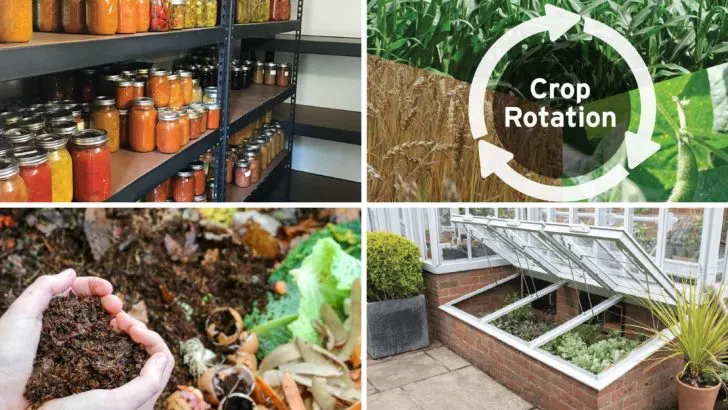There’s something timeless about gardening—the patience, the care, and the satisfaction of watching your hard work pay off. While today’s modern tools and techniques are incredibly helpful, there’s a lot we can still learn from the gardeners of the past. From homemade composting methods to simple pest control tricks, old-school gardening wisdom has stood the test of time for a reason.
In this article, we’ll share 20 gardening secrets passed down through generations that are still relevant and effective today. These tips may be rooted in the past, but they’re as useful as ever for anyone looking to grow a thriving garden in the present. If you’re ready to try something a little different, these classic methods just might surprise you!
Companion Planting
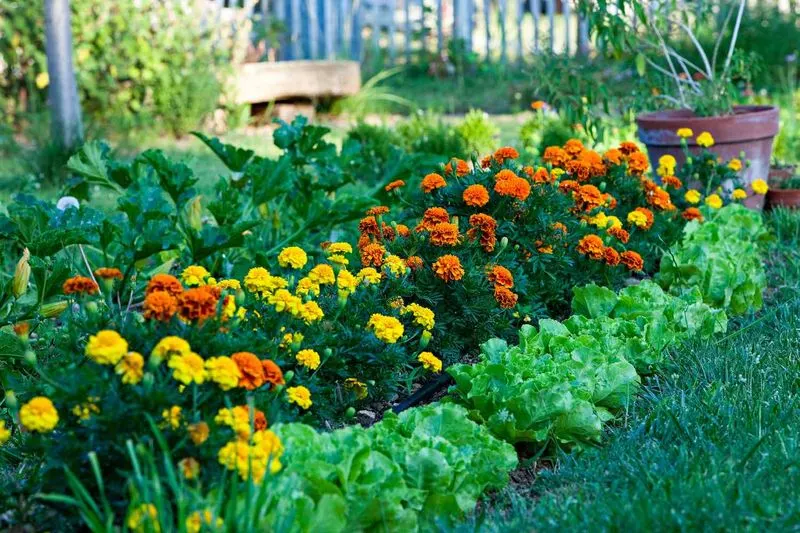
Companion planting is an age-old gardening method that pairs plants to benefit each other. For example, marigolds deter pests when planted near tomatoes.
This method promotes biodiversity and healthier plants.
By selecting the right plant combinations, you can naturally repel pests and improve soil quality. Different plants can share nutrients, shade, or support each other.
This approach reduces the need for chemical pesticides and fertilizers, making your garden more eco-friendly. Embrace this ancient technique to create a harmonious and flourishing garden space that thrives naturally.
Crop Rotation
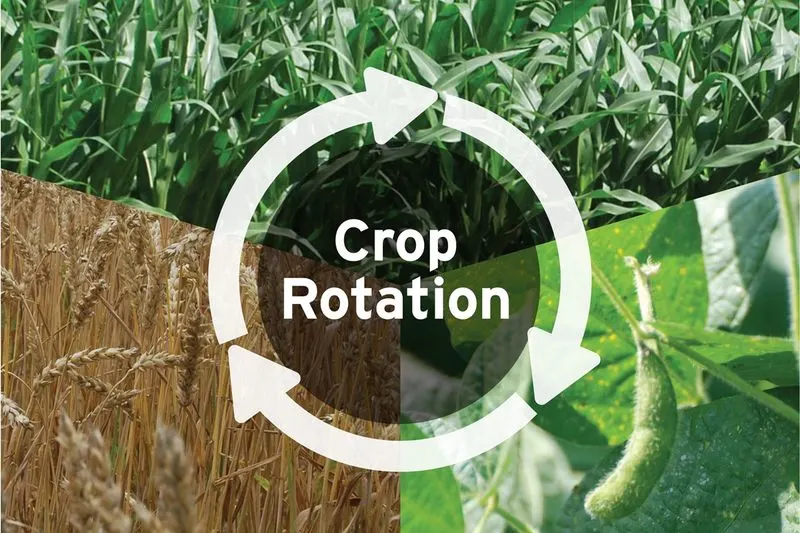
Crop rotation prevents soil depletion and reduces pest buildup by changing plant locations each season. This practice helps maintain soil fertility by alternating crops with different nutrient requirements.
By rotating crops, you disrupt pest life cycles, reducing their impact on your garden. It also minimizes diseases that can persist in the soil.
Implementing this technique encourages a balanced ecosystem and boosts overall plant health. Keep your garden thriving year after year with this sustainable approach to planting.
Natural Fertilizers
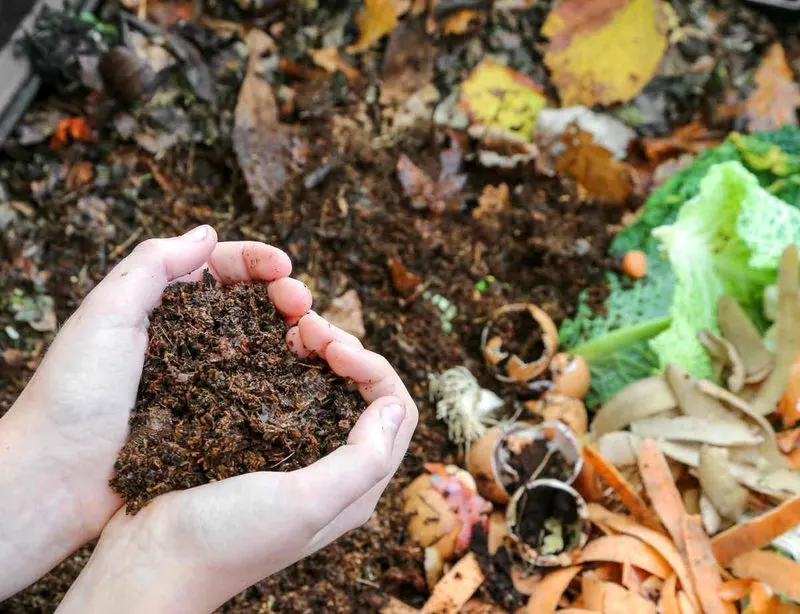
Traditional gardening often relies on natural fertilizers like compost and manure. These enrich the soil with organic matter, improving its structure and nutrient content.
Natural fertilizers support beneficial microorganisms, enhancing plant growth without harmful chemicals. They promote healthy soil and robust, resilient plants.
Incorporate these organic options to nurture your garden sustainably. Embrace the wisdom of using nature’s resources to enrich your soil and cultivate healthier plants.
Mulching Techniques
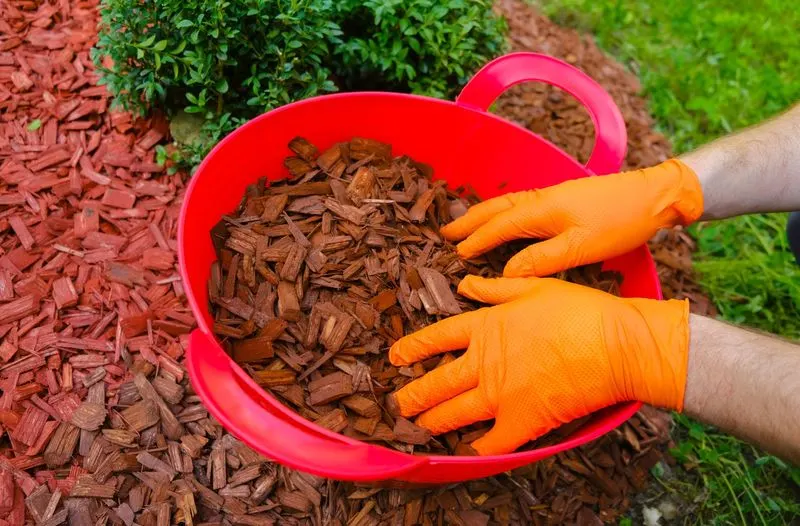
Mulching is a traditional gardening technique that conserves moisture, suppresses weeds, and regulates soil temperature. Organic mulches like straw or wood chips decompose to enrich the soil.
This method reduces the need for watering by retaining moisture and keeps weeds at bay, minimizing competition for nutrients.
By maintaining consistent soil temperature, mulching protects plant roots from extreme weather. Apply this simple yet effective technique to enhance your garden’s vitality.
Heirloom Seeds
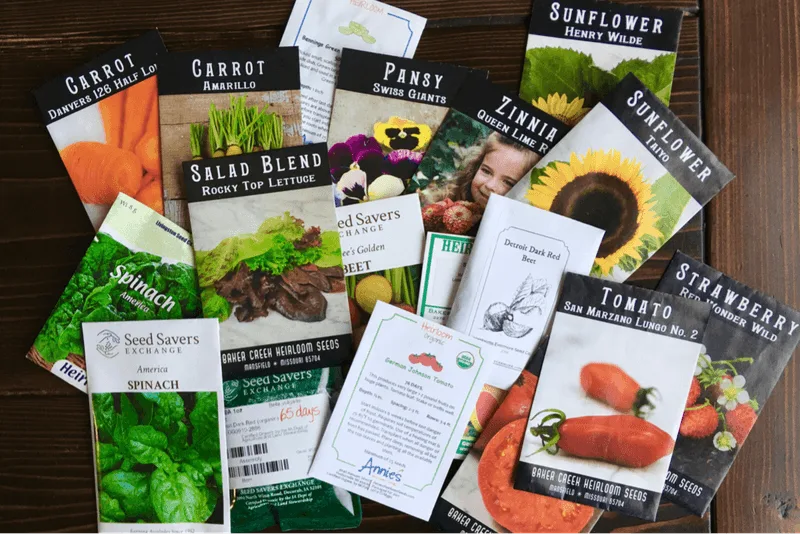
Heirloom seeds are open-pollinated, preserving the genetic diversity of plants. These seeds have been passed down through generations, offering unique flavors and resilience.
Growing heirloom plants connects you to gardening history and supports biodiversity. They adapt well to local conditions and can be saved for future planting.
Planting heirlooms enriches your garden with diverse, robust varieties. Enjoy the unique characteristics of these time-honored plants while contributing to genetic diversity.
Rainwater Harvesting
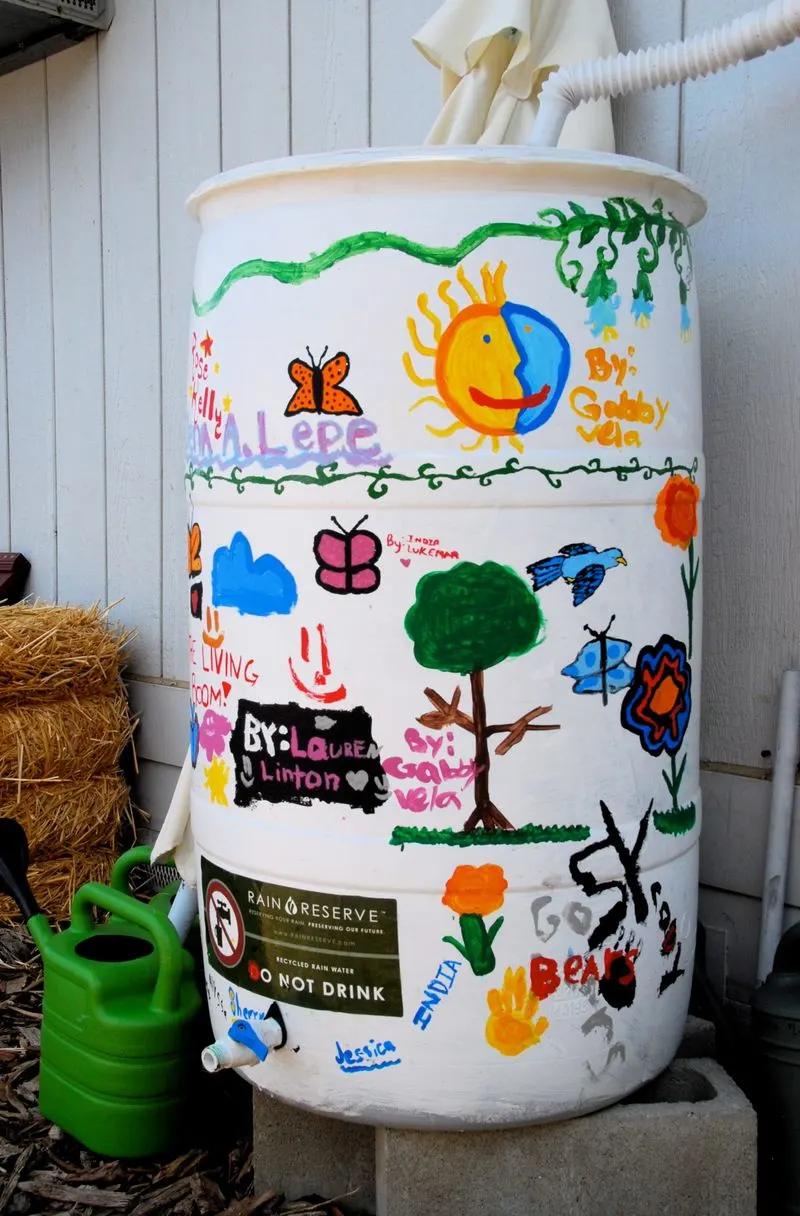
Rainwater harvesting is an ancient method of conserving water by collecting runoff from roofs. This sustainable practice reduces reliance on municipal water sources.
Collected rainwater can be used to hydrate plants during dry spells, providing a natural and cost-effective irrigation solution.
Incorporate this eco-friendly technique to make the most of nature’s resources. Help your garden thrive while conserving water and reducing your environmental footprint.
Cold Frames
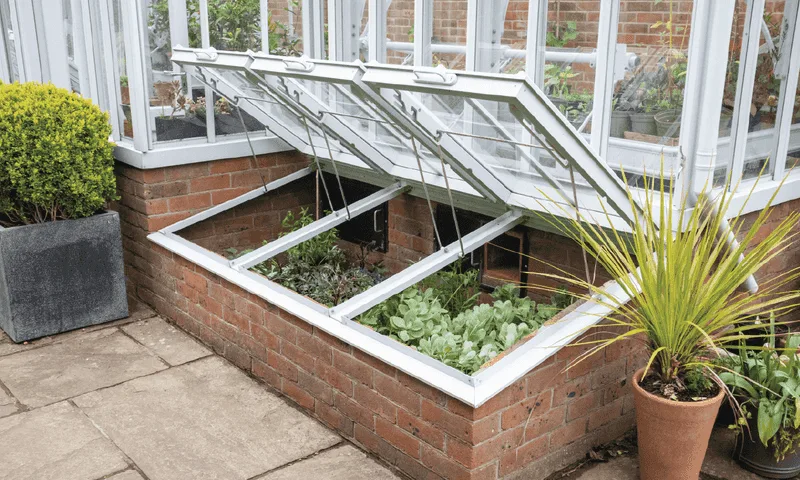
Cold frames are simple structures used to extend the growing season. They protect seedlings from harsh weather, allowing gardeners to start plants earlier in the year.
These frames trap solar heat, creating a microclimate that nurtures young plants while safeguarding them from frost and wind.
With this technique, you can enjoy fresh produce beyond the ordinary growing season. Embrace this traditional method to maximize your gardening potential year-round.
Composting
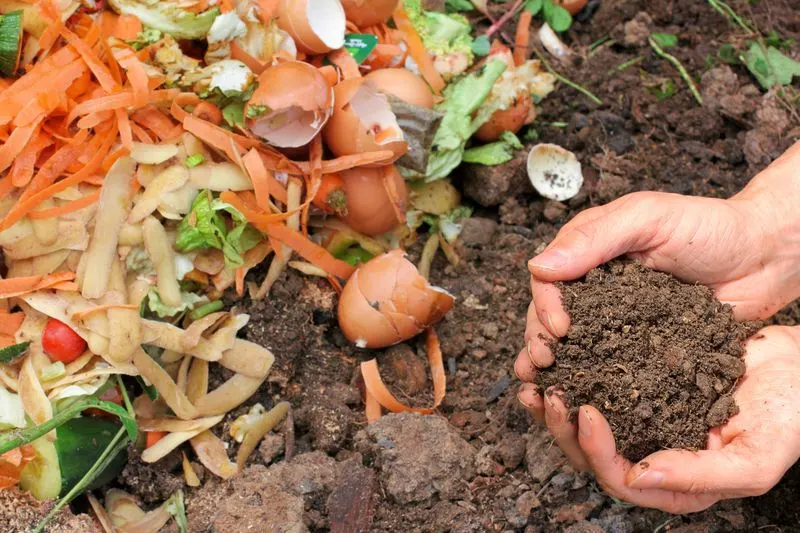
Composting transforms kitchen scraps and garden waste into nutrient-rich soil. This sustainable method reduces waste while enriching your garden.
Compost improves soil structure, promotes beneficial microbes, and enhances water retention. It reduces the need for chemical fertilizers, fostering a healthier garden environment.
By composting, you create a cycle of sustainability, turning waste into valuable resources. Implement this timeless practice to nourish your garden naturally.
Herbal Pest Control
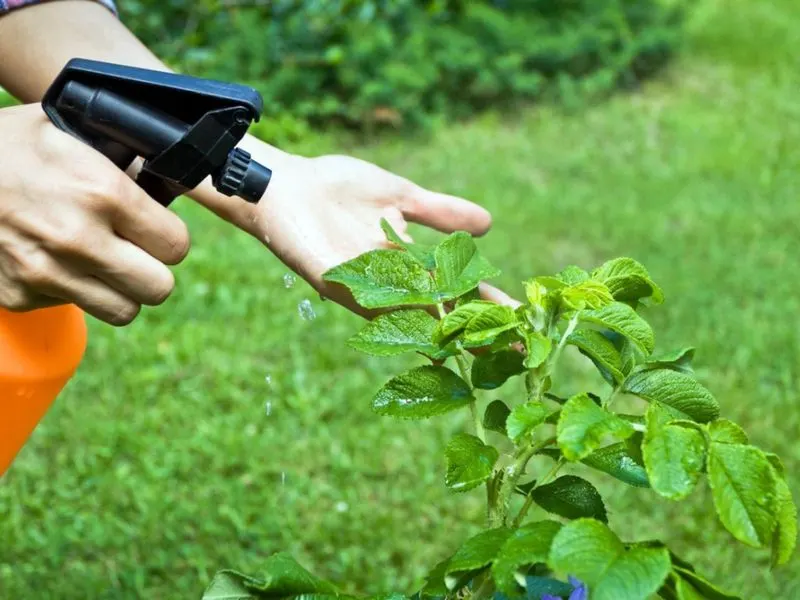
Using herbs for pest control is a traditional method that avoids harmful chemicals. Plants like basil, lavender, and mint deter insects naturally.
Herbs can be strategically planted or made into sprays to protect your garden. They offer a safe alternative to pesticides and add beauty and fragrance to your space.
Incorporate herbal pest control to create a healthier, more aromatic garden environment. Embrace this age-old practice for an all-natural approach to managing pests.
Soil Testing
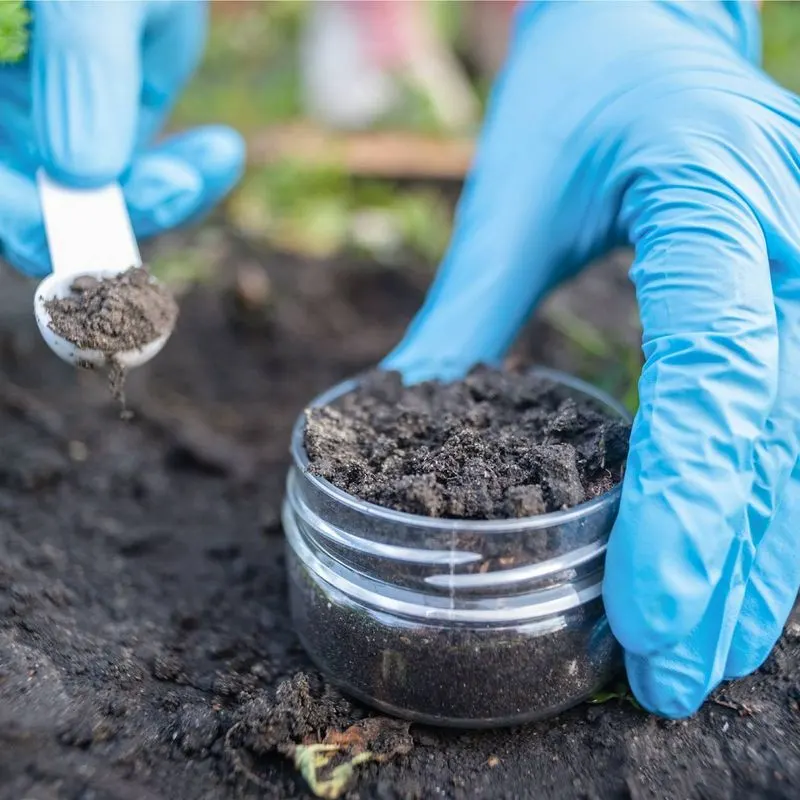
Soil testing is a traditional practice that determines nutrient levels and pH. By understanding your soil’s composition, you can tailor amendments for optimal plant growth.
Testing helps identify deficiencies and adjust fertilization to improve soil health. It also informs crop selection based on soil conditions.
This knowledge empowers gardeners to create a balanced growing environment. Use this technique to enhance your garden’s productivity and well-being.
Seed Saving
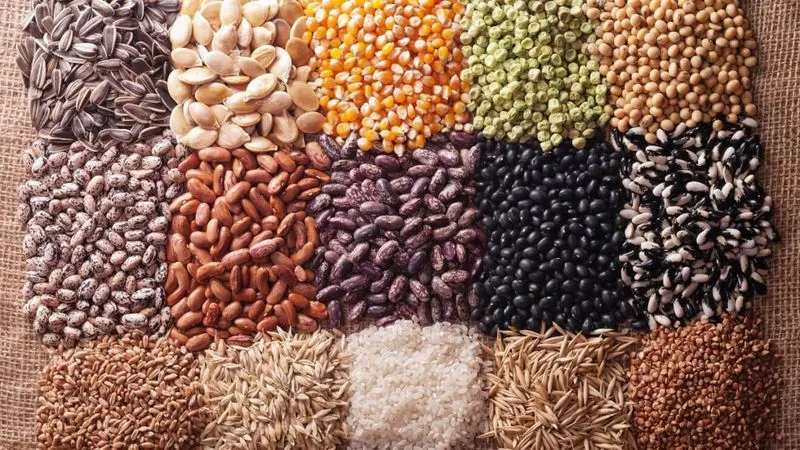
Seed saving is an ancient practice of preserving seeds from mature plants for future planting. This technique maintains plant diversity and resilience.
Saved seeds are well-adapted to local conditions, offering better growth and disease resistance. They also reduce dependence on commercial seed sources.
By saving seeds, you contribute to biodiversity and gardening self-sufficiency. Embrace this empowering tradition to sustain your garden’s legacy.
Biodynamic Gardening
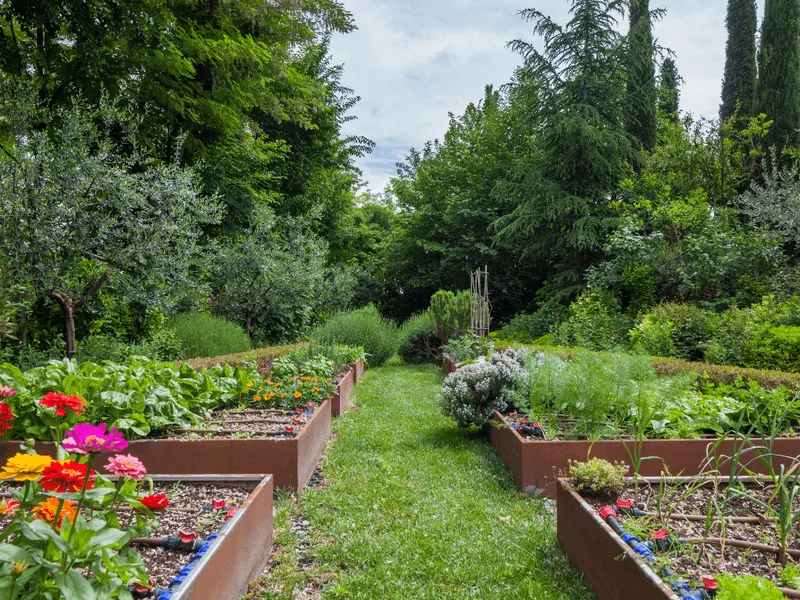
Biodynamic gardening is a holistic approach that treats the garden as a living organism. It uses natural rhythms and compost preparations to enhance plant health.
Following the lunar calendar, gardeners time planting and harvesting for optimal growth. This method fosters ecological balance and vitality.
By embracing biodynamic practices, you create a thriving, harmonious garden ecosystem. Explore this unique approach to cultivate a more connected and sustainable garden.
Lunar Planting
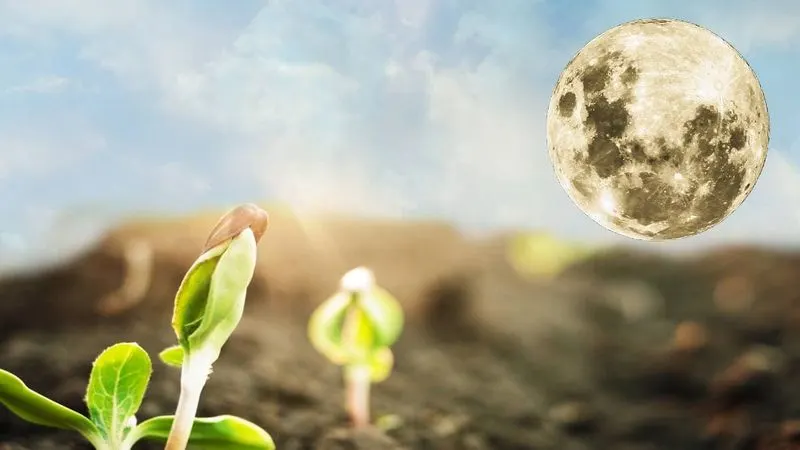
Lunar planting follows the moon’s phases to optimize plant growth. This ancient practice aligns planting times with natural cycles, enhancing yields.
By planting during specific lunar phases, you can boost seed germination and growth. This method taps into the moon’s gravitational pull to influence plant vitality.
Experiment with lunar planting to connect with nature’s rhythms and enhance your gardening success.
Natural Pest Repellents
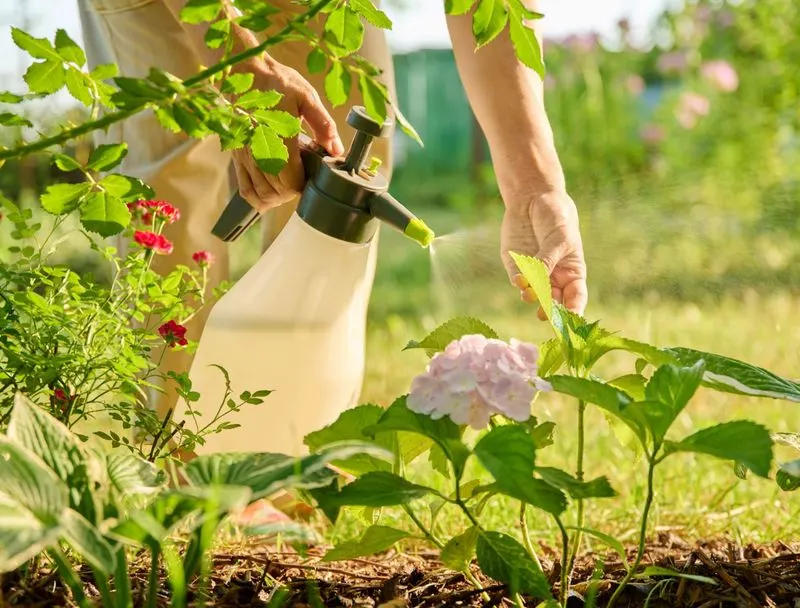
Natural pest repellents include plants like garlic and chives that deter unwanted insects. These plants offer a chemical-free way to protect your garden.
By integrating pest-repellent plants, you can create a barrier against pests and reduce the need for chemical interventions. This method promotes a balanced ecosystem.
Adopt natural repellents to foster a healthier and more sustainable garden environment. Explore these green alternatives for effective pest management.
Organic Weed Control
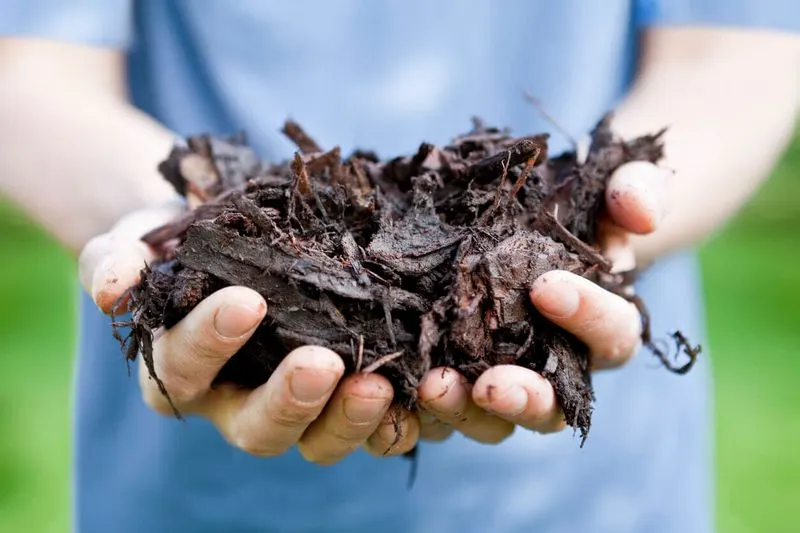
Organic weed control involves non-chemical methods like hand-weeding, mulching, and using cover crops. These techniques prevent weed growth without harming the environment.
By managing weeds organically, you maintain soil health and reduce competition for nutrients. This approach supports biodiversity and sustainable gardening practices.
Implement organic weed control to cultivate a robust and eco-friendly garden. Explore these traditional methods for a healthier gardening experience.
Heritage Trees
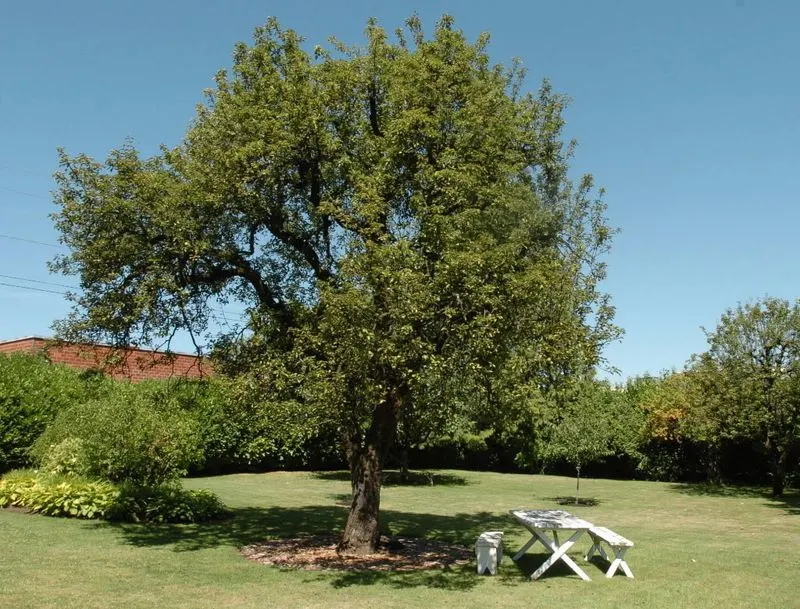
Heritage trees are ancient varieties that offer unique fruits and resilience. These trees have adapted over generations, providing robust growth and disease tolerance.
By planting heritage trees, you preserve genetic diversity and connect with gardening history. They enhance your garden with distinct flavors and aesthetic appeal.
Embrace heritage trees to enrich your garden with time-honored beauty and sustainability. Explore these living legacies to foster a more diverse garden landscape.
Manure Tea
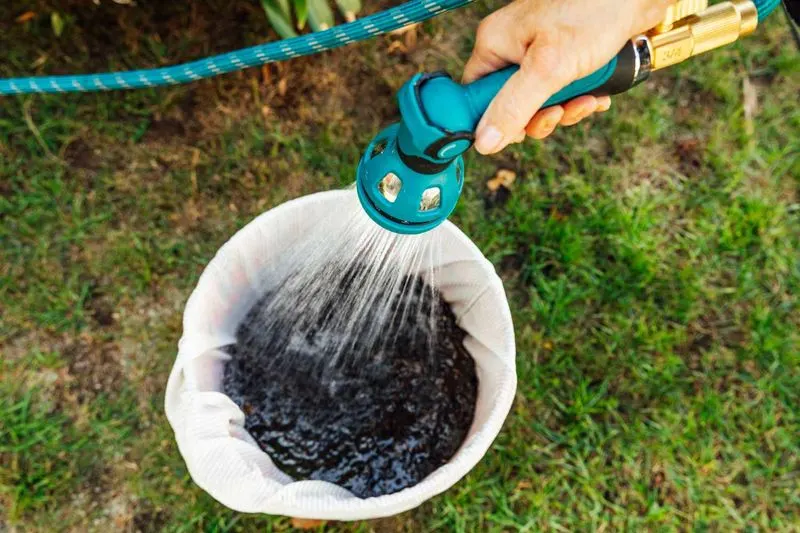
Manure tea is a traditional fertilizer made by steeping manure in water. This nutrient-rich liquid supports plant growth and enriches the soil.
Applying manure tea provides essential nutrients and improves soil structure, promoting healthier plants. It’s an organic alternative to chemical fertilizers.
Use this age-old method to boost your garden’s vitality naturally. Explore manure tea for a sustainable and effective way to fertilize your plants.
Pollinator Gardens
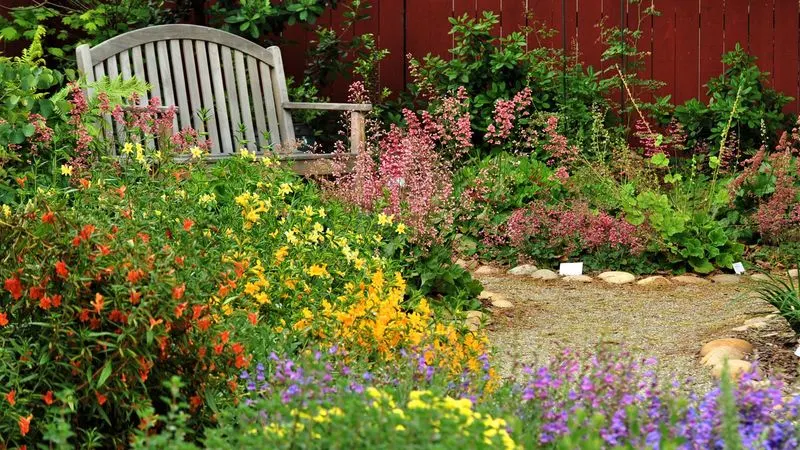
Pollinator gardens are designed to attract beneficial insects like bees and butterflies. These gardens support biodiversity and enhance plant reproduction.
By planting a variety of flowers, you create a haven for pollinators, fostering a vibrant garden ecosystem. This practice improves pollination and increases yields.
Embrace pollinator gardens to boost your garden’s health and productivity. Explore this method to support nature’s essential workers and enrich your gardening experience.
Raised Beds
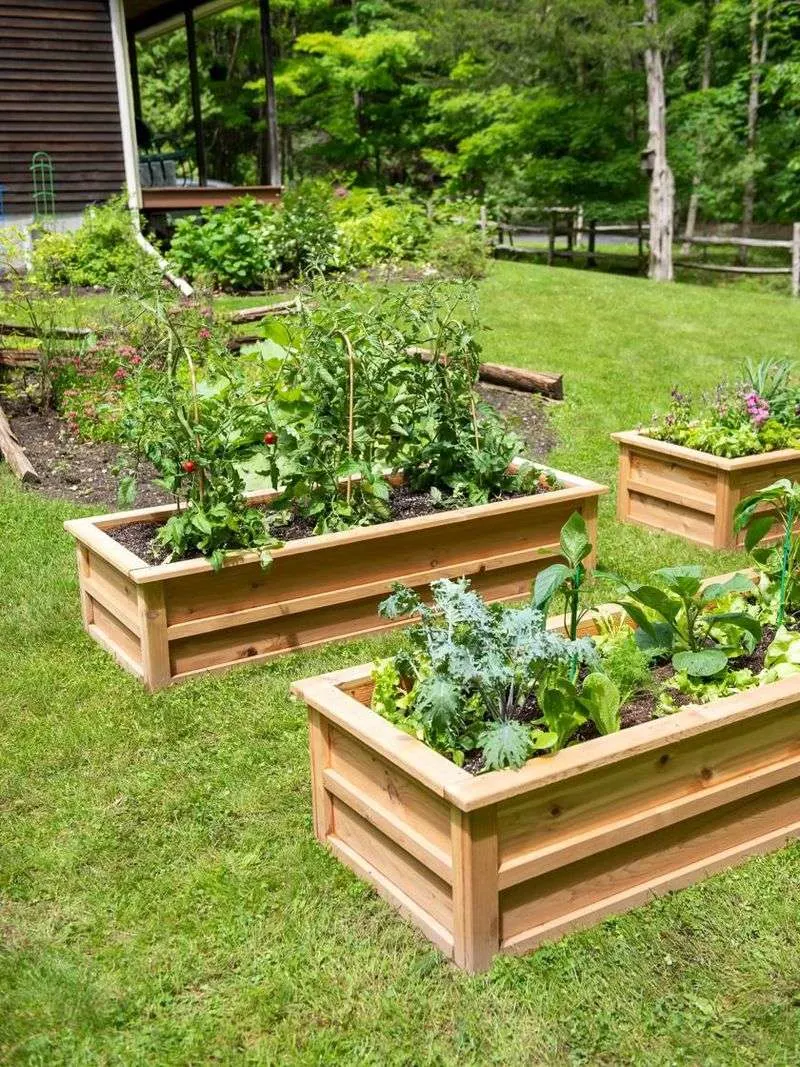
Raised beds elevate soil above ground level, improving drainage and soil quality. This traditional method enhances accessibility and promotes healthier plant growth.
By using raised beds, you can control soil composition and reduce compaction. They offer a solution for poor soil conditions and make gardening more accessible.
Explore raised beds for a more organized and productive garden. Implement this practical technique to optimize your planting space and improve plant health.
Root Cellaring
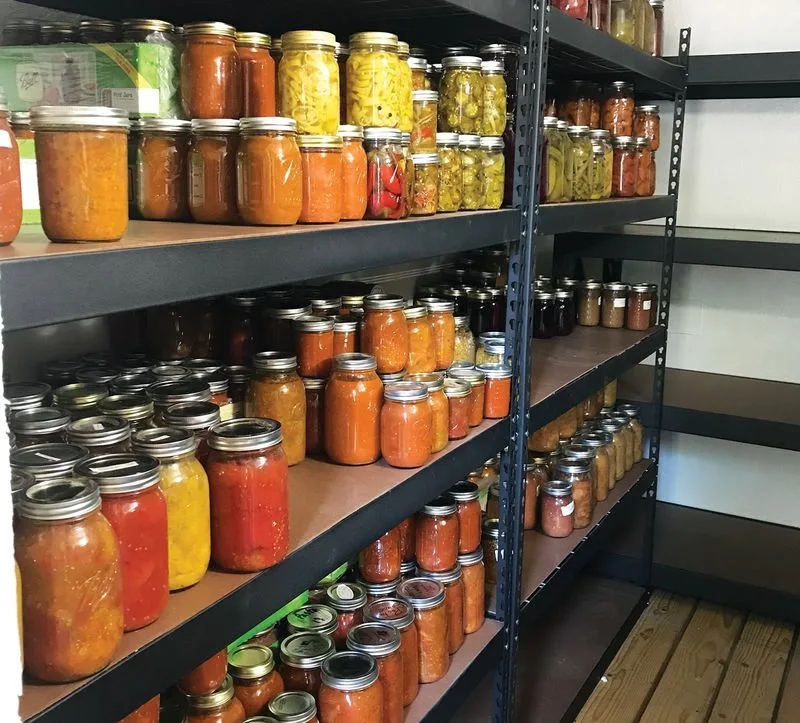
Root cellaring is an old technique for preserving harvested vegetables. This method stores produce in cool, dark conditions to extend shelf life.
By using root cellars, you can enjoy homegrown produce throughout the year. This practice reduces waste and reliance on refrigeration.
Explore root cellaring to preserve your harvest naturally. Embrace this sustainable approach to extend the life of your crops and enjoy fresh produce year-round.

